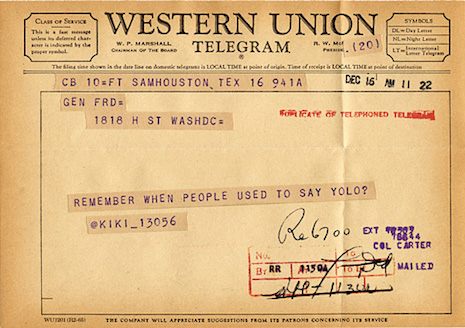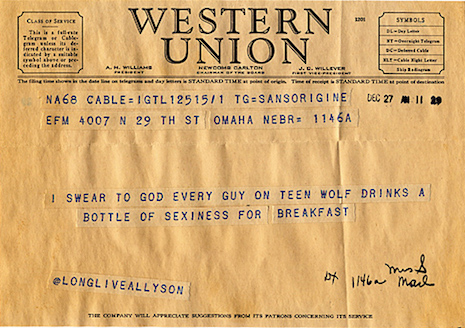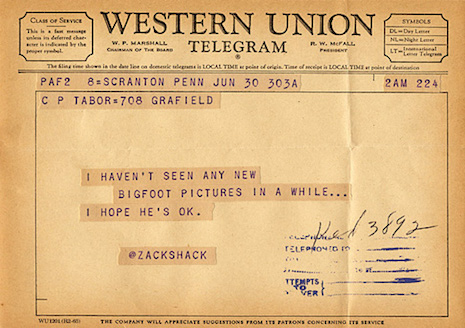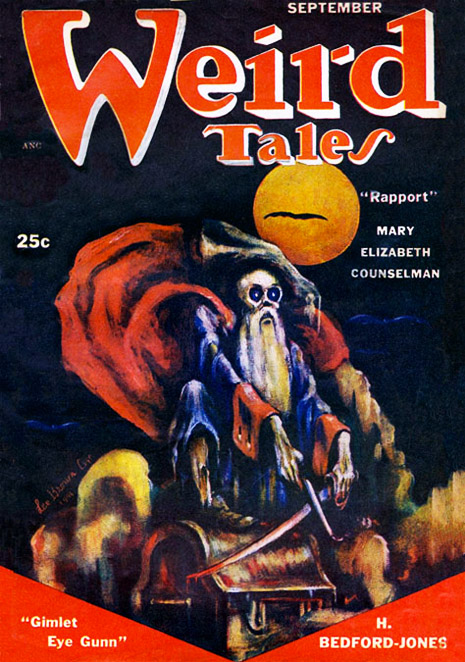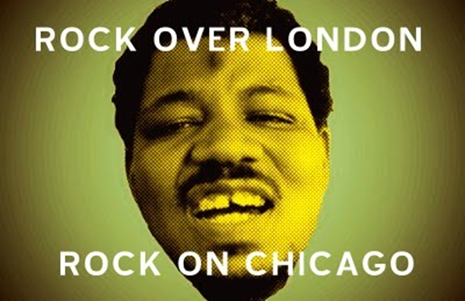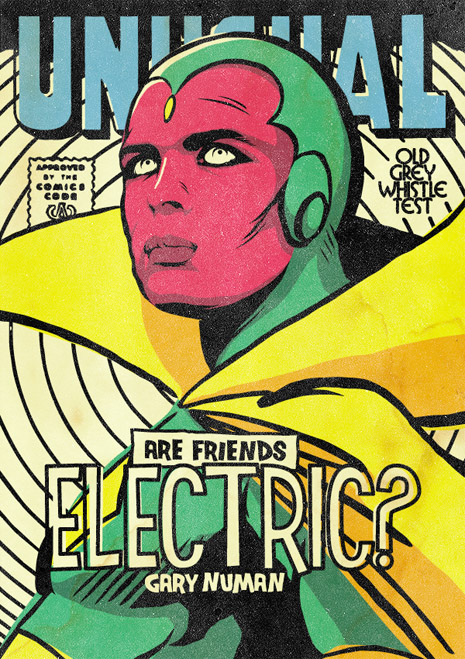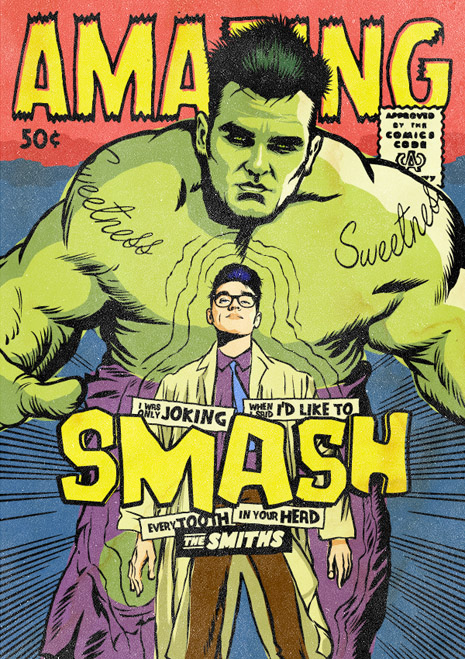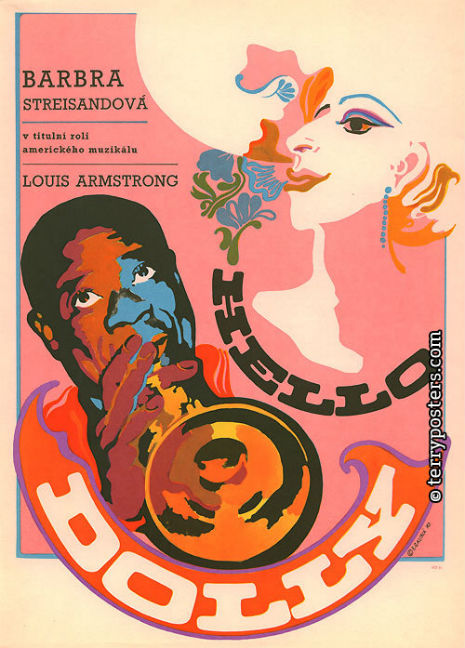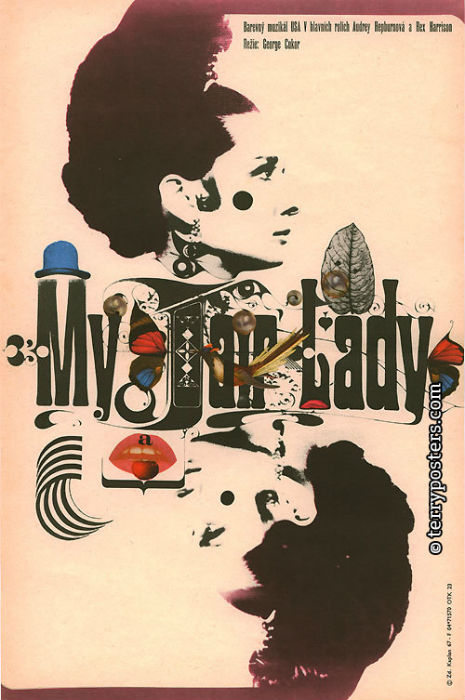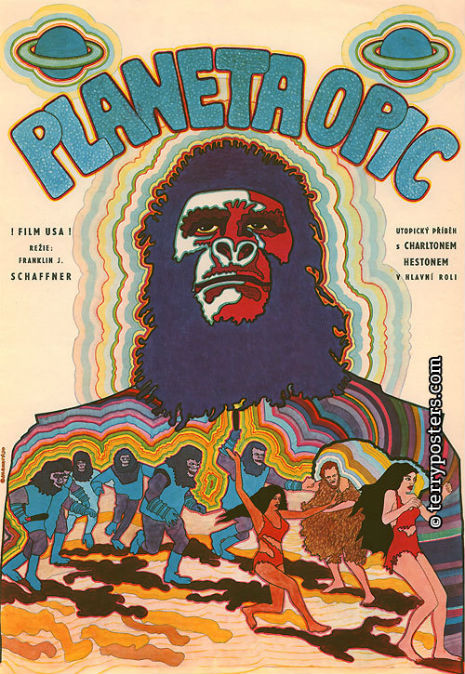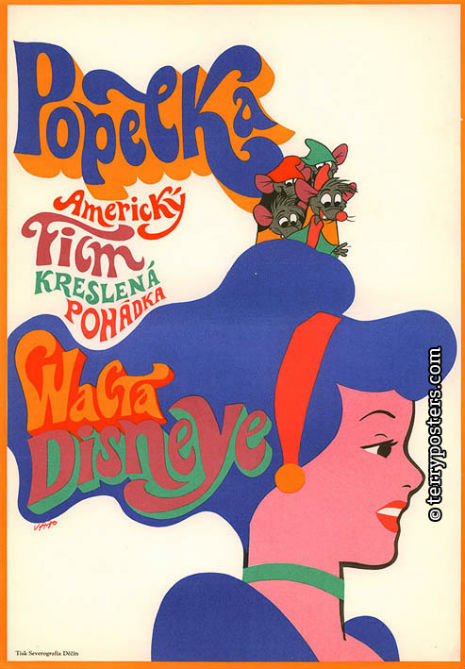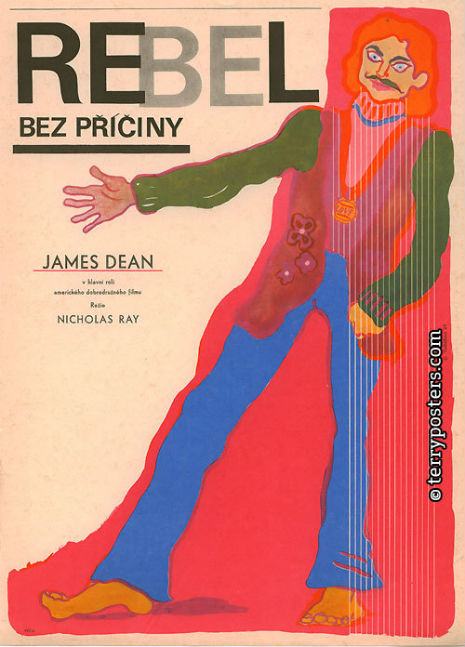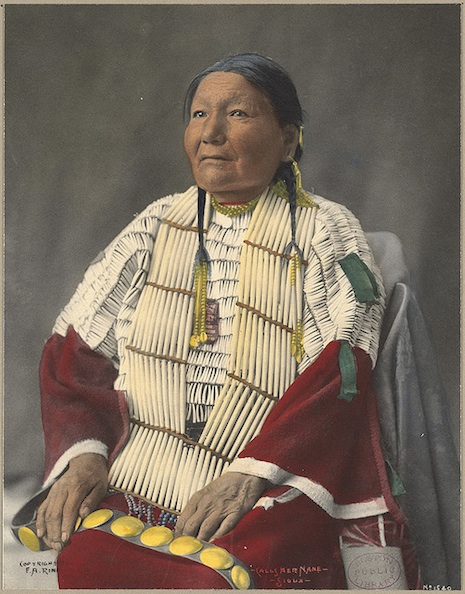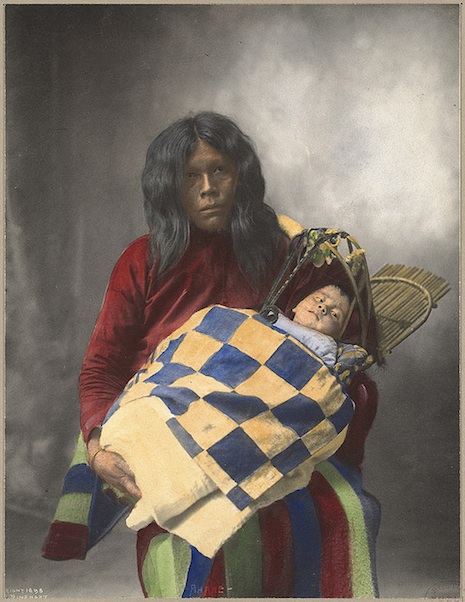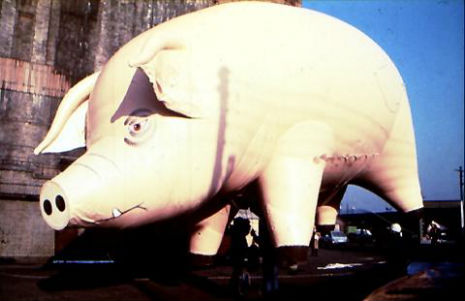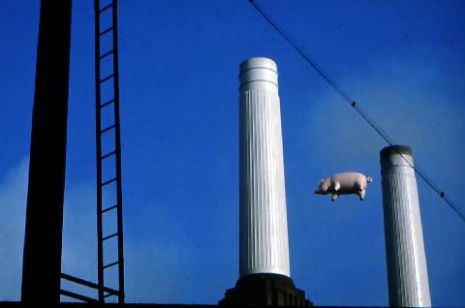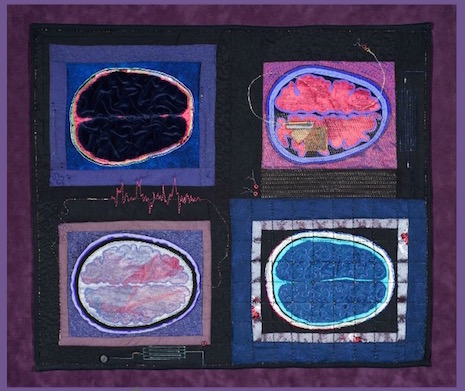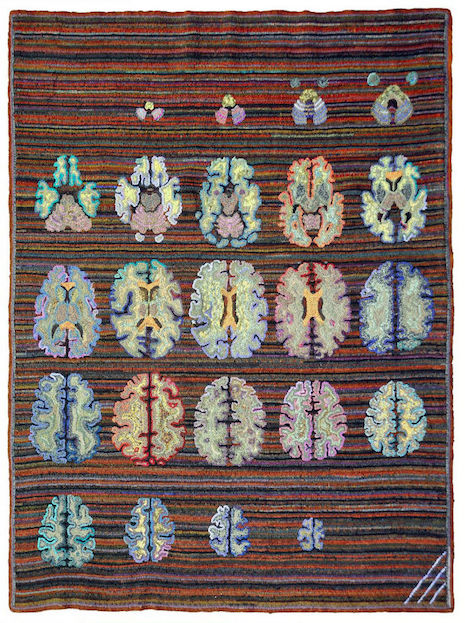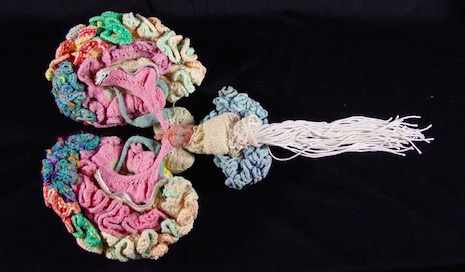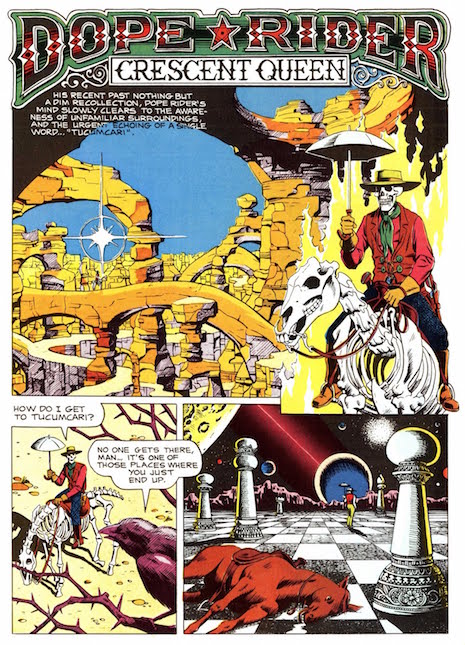
A handful of times between 1975 and 1986, a comic called “Dope Rider” appeared in the rollable pages of High Times. Heavily influenced by the gritty, intense westerns of Sergio Leone, “Dope Rider” was the creation of a young New York comix artist named Paul Kirchner. If Kirchner’s strong compositions and clever wordplay didn’t already make him a perfect fit for High Times, the trippy visual tropes surely did, the most potent among them being the constant presence of a skeleton cowboy prowling the vistas of the American Southwest.
Kirchner himself has a blog up in which the entire run of “Dope Rider” is available as large jpegs—that’s right, every page. It turns out that “Dope Rider” didn’t even start its existence in High Times at all. The first incarnation of the character was executed on spec, so that Kirchner would have a sample ready for prospective freelance employers. It eventually appeared in the October 1975 issue of Scary Tales. Two more installments appeared in the November 1974 issue of Harpoon and the March and May 1975 issues of Apple Pie, which were actually the same magazine—the name change occurring “after lawyers for National Lampoon started clearing their throats.”
The same year “Dope Rider” found its way to High Times, where it reached its largest audience and also used color images for the first time, which certainly improved its impact on the magazine’s baked readers.
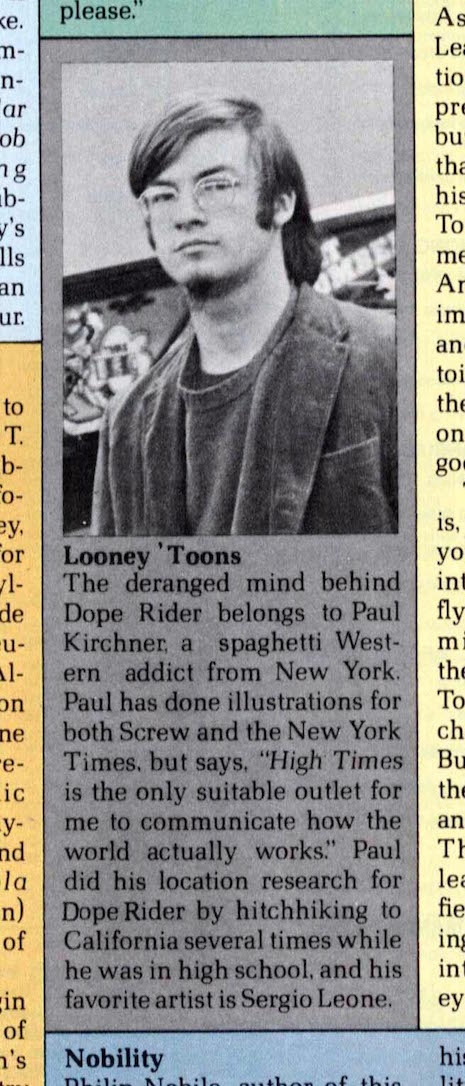
Kirchner’s High Times bio, from the August 1976 issue
The primary function of any “Dope Rider” comic was to induce an “Ohhh wooow” reaction from the zonked readers. The comic occasionally featured a locomotive engineer with a third eye in his forehead who would supply cockeyed dictionary definitions such as: “Pyramid, n., to look within, to peer amid.” Most of the comics featured either a psychedelic vista or a shootout in which the Dope Rider skeleton character was killed—if not both. In “Crescent Queen,” Dope Rider inquired of a raven how to get to Tucumcari; the bird replies, “No one gets there, man. It’s one of those places you just end up.” Right on, man…..
That first High Times comic, titled “Meanwhile, Back at the Ranch,” got Kirchner a little unwelcome attention from the Hell’s Angels:
I did one very bad thing in this story—I depicted the logo of the nation’s premier motorcycle club on the back of Dope Rider’s vest. That motorcycle club, whose New York City clubhouse was a few blocks from the High Times editorial office, sent over a contingent of large, hairy negotiators to make it clear that they didn’t care to be associated with High Times or the Dope Rider character. [High Times founder and editor Tom] Forçade let me know he would just as soon not have that happen again. I’ve blurred the logo out here in case they’re still checking up. (Love you guys!!)
Kirchner would later find more regular work at Heavy Metal, where he turned out a brilliant, surrealistic comic series called “The Bus” for several years. (That series is available in book form.)
Here’s a list of all the appearances of “Dope Rider” in High Times:
“Meanwhile, Back at the Ranch,” August/September 1975
“Beans for All,” December/January 1976
“Crescent Queen,” August 1976
“Taco Belle,” June 1978
“Matinee Idyll,” January 1981
“Loco Motive,” May 1986
In addition, Kirchner also worked up a single-page parody of his own series for Al Goldstein’s National Screw. In that story the character was called “Dopey Rider,” and the story was titled “Toe-Jam.”
I’ve cherry-picked a few of the more striking images for this post, but to see the entire “Dope Rider” output, you just have to go to Kirchner’s blog. He also has a Cafe Press store with plenty of great Dope Rider swag.
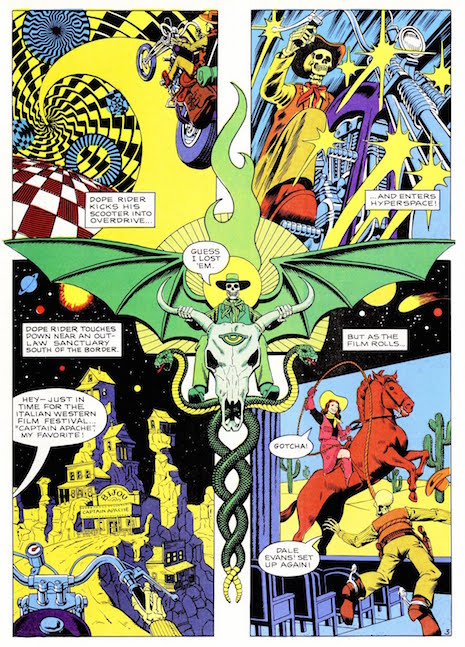

More “Dope Rider” after the jump…
Posted by Martin Schneider
|
03.19.2015
02:57 pm
|
